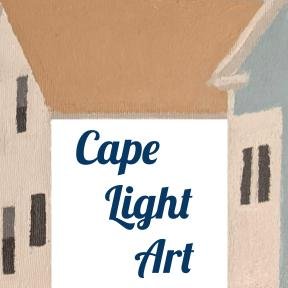My New York state of mind
Last week, I blogged about one of my key inspirations, Cape Cod painter Edward Hopper. I mentioned that Hopper’s paintings of Depression-era Cape Cod have hung in the Oval Office, but his urban scenes are arguably better known. He was inspired by New York City, where he lived and worked in the same Greenwich Village apartment from 1913 until his death in 1967. Hopper’s life and work in New York City were the subject of a recent exhibition at the Whitney Museum of American Art, called “Edward Hopper’s New York.”
I was curious to learn more, so last month I found myself traveling along Interstate 95 to New York, paralleling Hopper’s own travels between his Massachusetts and Manhattan homes. In a frigid West Village, about a mile from Hopper’s former studio, the Whitney stood like a huge, silver igloo, with more than two hundred Hoppers filling the fifth floor. What are Hopper’s urban scenes all about, I wondered, and as a Cape Cod artist, would I identify with them? Here’s what happened.
Edward Hopper. Automat. 1927. Photo: Greg Ayres.
Moving through this collection, I was first struck by the same themes of alienation, loneliness, and abandonment that are so apparent in his rural paintings. Although his urban scenes cut right through the very heart of it - see this awesome map for a guide - this is not Sinatra’s New York, New York.
As in the Cape Cod scenes, I noticed Hopper’s magic way of drawing the viewer into “the sense of going on.” His urban paintings depict the quiet moments where little is happening, yet some kind of revelation seems imminent. Consider this scene of a woman sitting before a coffee shop window. With her thoughts turned inward, her only companions are the series of lights reflected in the window behind her. What has brought her to this lonely place?
Edward Hopper. Bridle Path. 1939. Photo: Greg Ayres.
Although Hopper’s New York scenes portray urban subjects, he also loved to show the natural world. To me, this was a connection with my own mission of inspiring hope through art that celebrates light, life and movement. Consider this painting of Central Park’s bridle path. Light shines on rocks and grass, and from buildings perched above, while horses and riders add a sense of life and movement.
Edward Hopper. Seven AM. 1948. Photo: Greg Ayres
Finally, I was thrilled to discover new and intriguing parallels to my own work. So many of Hopper’s urban scenes are gazing into or, like my own window pieces, through a window. Consider this view of a shop window, with rich shadow details both inside and outside the window. More on this is to come in a future blog post.
With these and other examples of celebrating light, life and movement, and their depictions of “the sense of going on,” I found Edward Hopper’s New York works familiar, fascinating and easy to identify with my own style.



